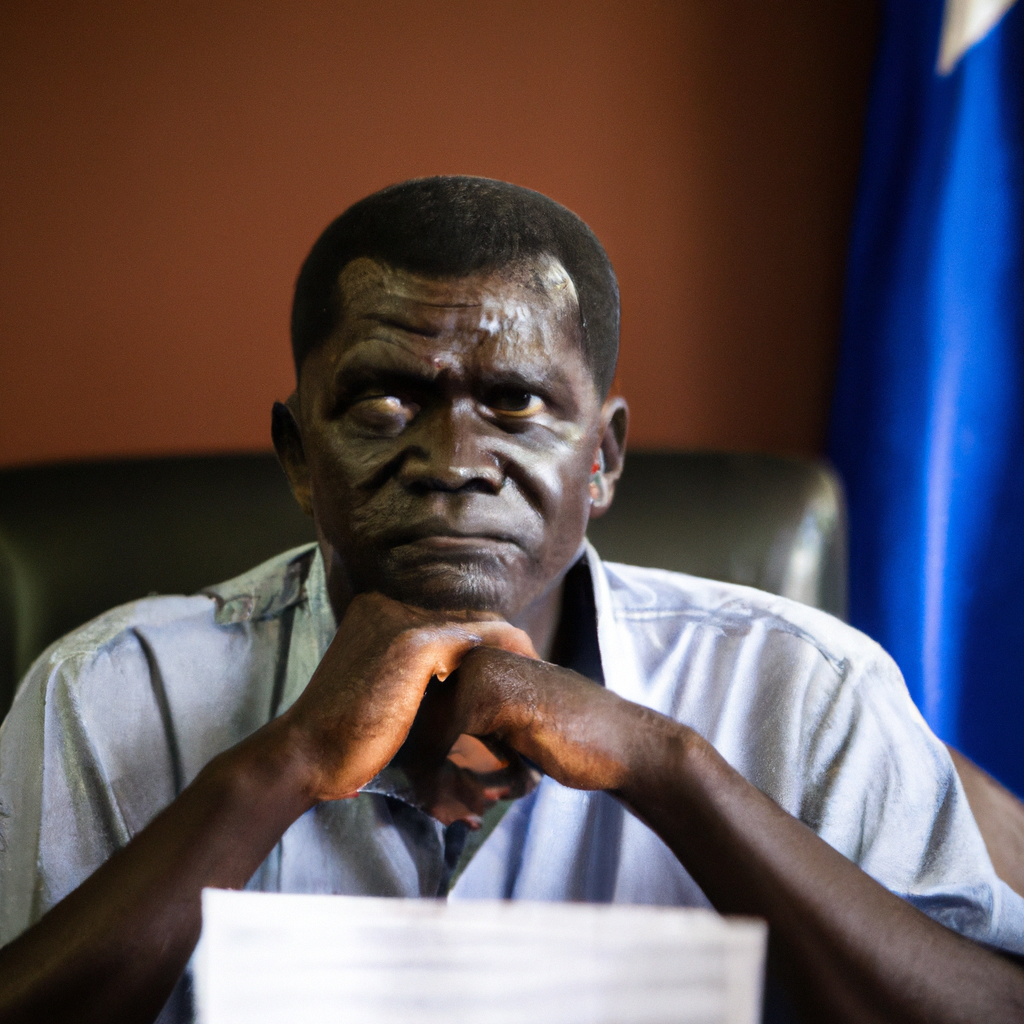Uganda’s national bird, the Crested Crane, is facing a severe threat of extinction due to habitat loss and illegal wildlife trade. The iconic bird’s population has drastically declined in recent decades, raising concerns among conservationists. Destruction of wetlands, its natural habitat, for agriculture and settlement is a primary driver. Increased poaching for traditional medicine and the pet trade further exacerbate the problem. Urgent action is needed to protect the remaining population and preserve this national symbol for future generations of Ugandans.
Habitat Destruction and Population Decline
The Crested Crane, scientifically known as *Balearica regulorum gibbericeps*, is intrinsically linked to Uganda’s identity, featuring prominently on the national flag and coat of arms. However, its future hangs in the balance as its wetland habitats are converted into farmland and residential areas. These wetlands, crucial for the crane’s breeding and feeding, are increasingly being drained and degraded. This habitat loss directly impacts the crane’s ability to thrive, leading to a significant drop in its population numbers across the country.
Illegal Wildlife Trade and Poaching
Beyond habitat loss, the illegal wildlife trade poses a significant threat to the Crested Crane. Poachers target the birds for their feathers, which are used in traditional medicine and ceremonies. There is also a demand for young cranes as pets, particularly in neighboring countries. The capture of these birds disrupts their natural breeding cycle and further diminishes their numbers. This illegal activity is difficult to monitor and control, requiring concerted efforts from law enforcement and local communities.
Conservation Efforts and Challenges
Several organizations, including the Uganda Wildlife Authority (UWA) and Nature Uganda, are working to conserve the Crested Crane. These efforts include:
- Habitat restoration: Replanting native vegetation and restoring degraded wetlands.
- Community engagement: Educating local communities about the importance of crane conservation and providing alternative livelihood options.
- Anti-poaching patrols: Monitoring and protecting crane habitats from illegal activities.
- Research and monitoring: Tracking crane populations and studying their behavior to inform conservation strategies.
Despite these efforts, challenges remain. Limited resources, inadequate enforcement of wildlife laws, and a lack of awareness among some communities hinder conservation progress. More needs to be done to address the root causes of habitat loss and illegal wildlife trade.
The Role of Local Communities
Local communities play a vital role in the conservation of the Crested Crane. They are the custodians of the land and have a direct impact on the bird’s survival. Engaging communities in conservation efforts is crucial for long-term success. This involves:
- Providing alternative livelihood options: Supporting sustainable agriculture and eco-tourism to reduce reliance on wetland resources.
- Raising awareness: Educating communities about the ecological and cultural importance of the Crested Crane.
- Empowering local conservation groups: Supporting community-based organizations that are actively involved in crane conservation.
Government Initiatives and Policy
The Ugandan government has implemented several policies and regulations to protect the Crested Crane and its habitat. These include the National Environment Act and the Wildlife Act, which provide legal frameworks for conservation. However, enforcement of these laws remains a challenge. Stronger political will and increased investment in conservation are needed to effectively protect the Crested Crane. Furthermore, integrating crane conservation into national development plans is essential to ensure its long-term survival.
International Collaboration
International collaboration is crucial for the conservation of the Crested Crane. Uganda works with international organizations such as the International Crane Foundation and the Ramsar Convention on Wetlands to share knowledge, mobilize resources, and implement best practices. These partnerships provide technical and financial support for conservation efforts. They also help to raise awareness about the plight of the Crested Crane on a global scale. Continued international support is essential for sustaining conservation efforts in Uganda.
The Future of Uganda’s National Bird
The future of the Crested Crane in Uganda hangs in the balance. Without urgent and concerted action, this iconic bird could face extinction. Protecting its remaining habitats, combating illegal wildlife trade, and engaging local communities are crucial steps. The Ugandan government, conservation organizations, and individuals must work together to ensure that the Crested Crane continues to grace the skies of Uganda for generations to come. The preservation of this national symbol is not just an environmental imperative but also a matter of national pride and cultural heritage.








